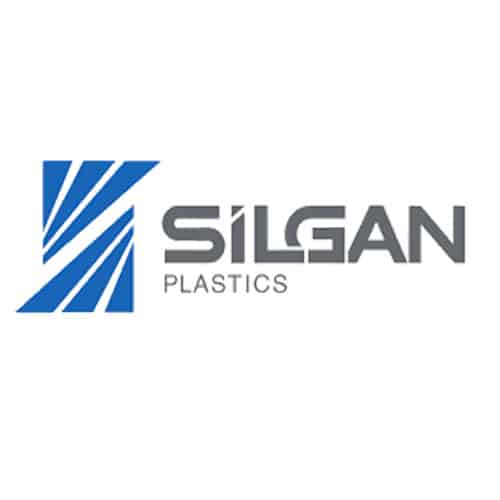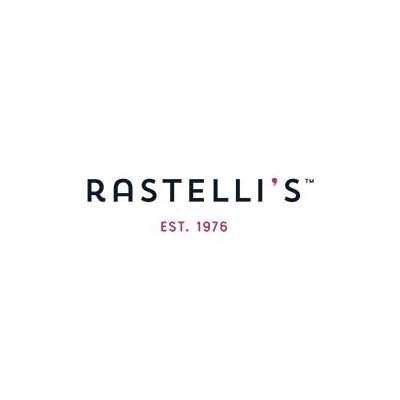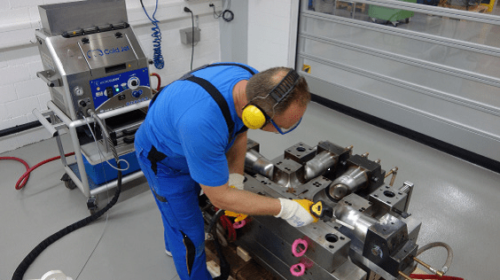
Improving our world with recycled CO2

Since 1988, Cold Jet has been improving the environment by utilizing recycled CO2 as dry ice for a cooling and cleaning medium.
From keeping temperature sensitive products cold to removing stubborn contaminants from industrial equipment, dry ice is the most sustainable solution on the market.
Giving CO2 A Second Life
Our environmentally sustainable solutions are based on the conversion of waste carbon dioxide (CO2) into a value added, commercially useful product – dry ice.
Dry ice is the product of a carbon capture and utilization (CCU) process in which CO2 is captured at industrial and biogas facilities, recycled, and converted to dry ice.
The CO2 that would have otherwise been discarded as waste is given a second life as a cooling and cleaning medium through the use of our premium CO2 blasting equipment.
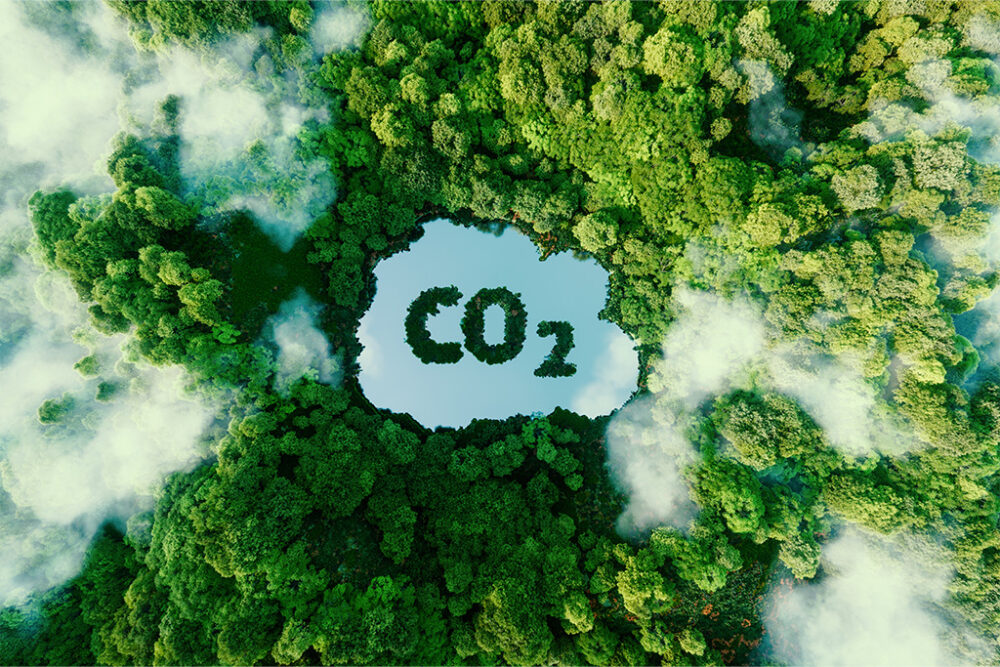
From recycled CO2 to dry ice for environmentally
sustainable cooling and cleaning methods.

No Additional Emission Scoring
The use of dry ice for general cleaning or for product temperature regulation does not add to your greenhouse gas (GhG) emissions/CO2e or carbon footprint calculation.
The CO2 that forms dry ice was already accounted for when it was produced at the industrial or biogas facility. The CO2 that forms dry ice is considered a recycled product.


![]()
Innovative technologies that put recycled CO2 to work –
for a cleaner, healthier planet.
Sustainability Benefits of Dry Ice
Dry ice is a water-free, waste-free, and chemical-free solution that is helping organizations improve their Environmental, Social, and Governance (ESG) scores. It replaces common cleaning and transport cooling methods that are damaging to the environment.


Benefits of Dry Ice Blasting
Reduce or Eliminate Water Usage
- Water risk and water scarcity are major environmental concerns – especially in developing countries
- An estimated 40% of water at industrial facilities is used for sanitation
- The rising cost of water is a major concern
Reduce or Eliminate Chemical Usage
- Eliminate downstream contamination
- Workers are not exposed to chemical cleaning agents and airborne particulate when using our dry ice cleaning machines & equipment
- Dry ice cleaning machines reduce GhG scores by eliminating the need for solvent cleaning[2]
Reduce Waste
- Traditional cleaning practices require single use brushes, pads, and rags that end up in landfills, whereas the dry ice from our blast cleaning machines sublimates on impact.
Increase Energy Efficiency
- Dry ice blasting enables more frequent cleanings, which ensures heavy machinery is operating at peak energy efficiency
Benefits of Cooling With Dry Ice
Eliminate Additional Emissions
- Refrigerated vehicles use up to 15% more fuel than standard delivery vehicles and release 18% more nitrogen oxide emissions[3]
Replace Traditional Cooling Methods
- Dry ice allows companies to replace resource intensive and waste generating gel packs with an environmentally sustainable cooling medium
Increased Fuel Efficiency For Shipping
- Dry ice sublimates throughout transit and continually loses weight, which helps logistics companies experience greater fuel efficiencies
Exceeding Sustainability Goals
for Global Companies.
-
 Plastics & Composites
Plastics & Composites -
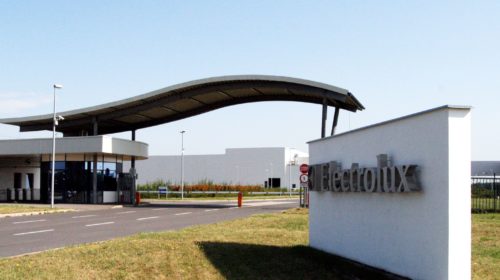 General
GeneralElectrolux improves sustainability goals while cutting costs and scrap with dry ice blasting
Learn More -
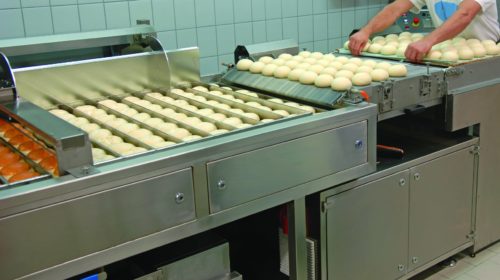 Food & Beverage
Food & BeverageGeneral Mills reduces water usage and equipment downtime while increasing productivity by 80%
Learn More -
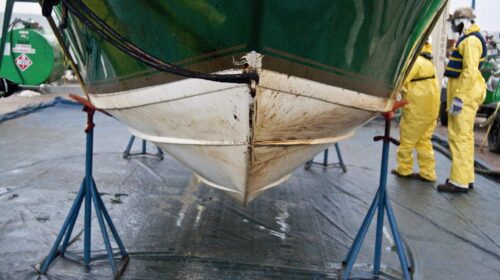 Contract Cleaning
Contract CleaningContractor cleans and decontaminates over 1,000 vessels after an environmental disaster
Learn More
-
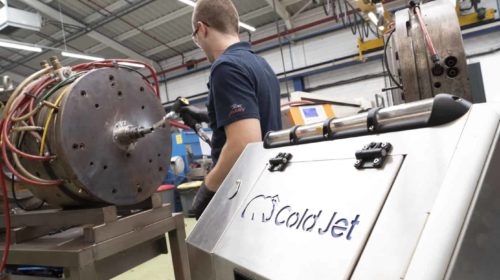 Packaging
PackagingPackaging manufacturer experiences rapid return on investment with dry ice blasting
Learn More -
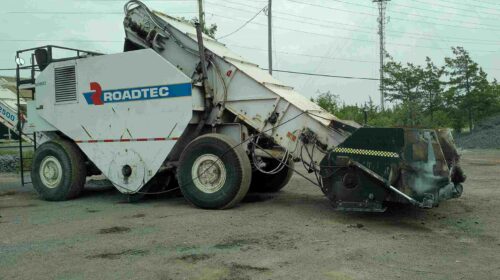 Contract Cleaning
Contract CleaningContractor safely removes asphalt from construction vehicles without water or chemicals
Learn More -
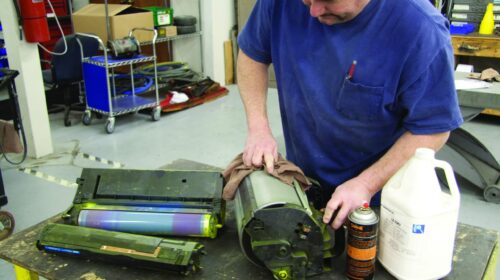
-
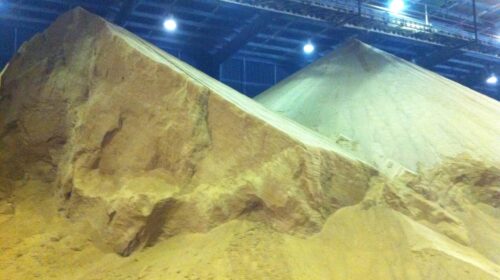 Oil & Gas
Oil & GasIn ethanol facility dry ice cleaning removes corn dust from economizers without the complications of water
Learn More
The Future of Dry Ice is Carbon Neutral
As the CO2 market evolves, new sources of CO2 continue to be developed. In recent years, biogas sites have begun to come online.
Biogas sites range from anaerobic digesters on farms, food waste sites, and landfills to water resource recovery facilities. In each type of site, the CO2 is derived from breaking down organic waste. These sites capture CO2 as an off-gas and recycle it, but biogas sites differ in that the CO2 captured derives from the Earth’s natural carbon cycle.
Therefore, CO2 recycled at these sites is carbon neutral. We are committed to engaging with and growing the market for carbon neutral dry ice.


Our Commitment to Sustainability
From the beginning, our focus has been on developing environmentally sustainable solutions. Upon our founding, Cold Jet’s singular mission was to replace the use of toxic chemicals in aircraft coatings removal. In the proceeding years, the operational, environmental, and societal value of dry ice solutions became clear across all industries.
In addition to providing the global marketplace with sustainable solutions, we are committed to improving our environmental performance and to leaving a sustainable legacy for future generations.
We believe that this is a central part of being a responsible and successful company and will help us to protect and enhance our global environment. To do our part, we have initiated several operational practices and are dedicated to continual improvement.

The Cold Jet commitment to a cleaner, healthier planet.

Cold Jet has assembled a global Green Team to suggest and
pinpoint areas for efficiency improvements.
We are committed to reducing materials, waste, and emissions from
our business and equipment, from production to operation.
Sustainability of Dry Ice:
Frequently Asked Questions
References:
- Barclays. Calculating the true cost of water for the Consumer Staples sector. www.cib.barclays. Retrieved 15 March 2022.
- Institute for Research and Technical Assistance. Alternative Low-VOC Release Agents and Mold Cleaners for Industrial Molding, Concrete Stamping and Asphalt Applications. www.irta.us. Retrieved 15 March 2022.
- Elsevier. Real-world CO2 and NOx emissions from refrigerated vans. www.sciencedirect.com. Retrieved 15 March 2022.
WE ARE HERE TO HELP.
Interested but don’t know where to start?
Contact us today to learn more about our solutions and see how they can meet your unique needs.

